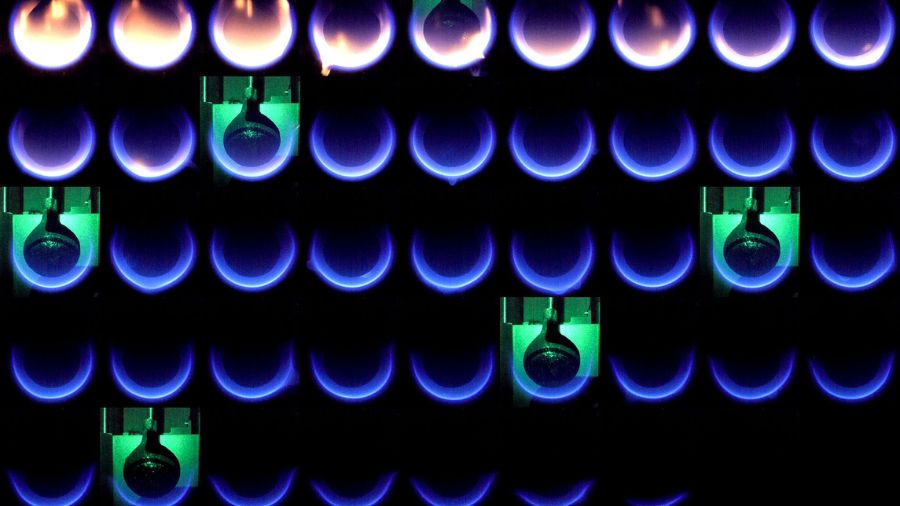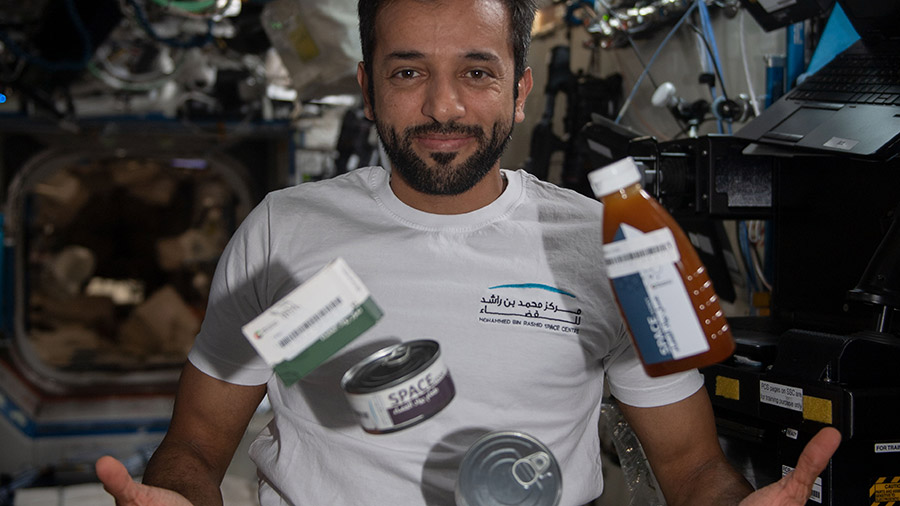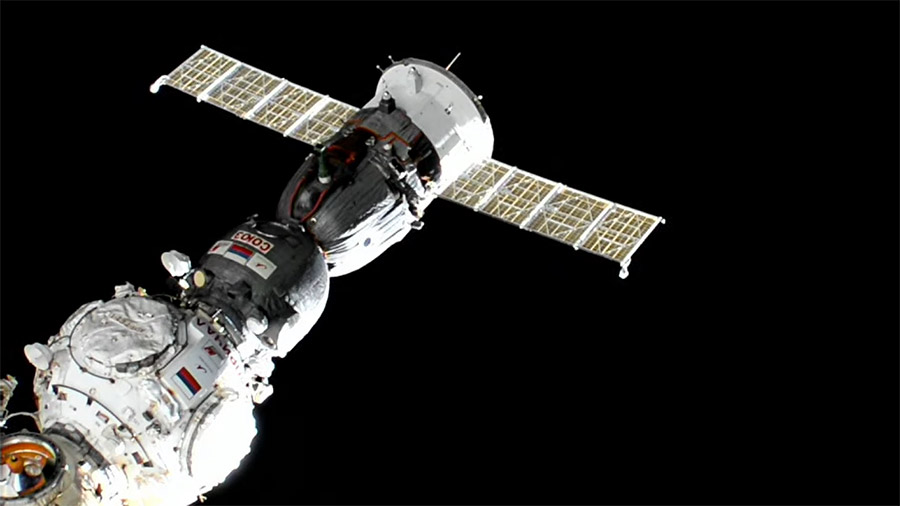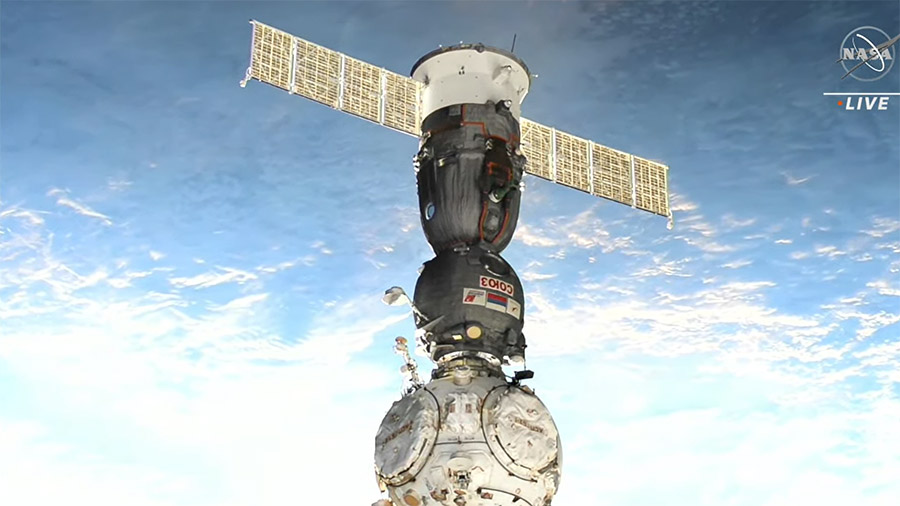
Spacewalk preparations are under way at the International Space Station as two cosmonauts get ready for the first of three spacewalks set to begin on Tuesday. The rest of the Expedition 69 crew is cleaning up following the departure of a U.S. cargo craft while also working on a pair of Extravehicular Mobility Units (EMUs), or spacesuits.
Commander Sergey Prokopyev and Flight Engineer Dmitri Petelin are set to begin their second spacewalk together at 9:30 p.m. EDT on Tuesday. The duo spent Monday reviewing the tasks required to move a radiator from the Rassvet module to the Nauka science module during the planned six-hour and 40-minute excursion. Prokopyev and Petelin also set up their spacewalking tools, installed components on their Orlan spacesuits, and organized the Poisk module’s airlock where they will exit the station.
Roscosmos Flight Engineer Andrey Fedyaev will assist the spacewalkers in and out of their spacesuits on Tuesday and command the European robotic arm to maneuver the radiator and attach it to Nauka. NASA TV begins its live spacewalk coverage at 9 p.m. on Tuesday on the agency’s app and website.
Two NASA Flight Engineers spent Monday cleaning up after the SpaceX Dragon cargo craft departed the orbital outpost on Saturday returning 4,300 pounds of science experiments and station hardware back to Earth for analysis. Astronauts Woody Hoburg and Frank Rubio cleaned and stowed biology hardware housing samples that were shipped back to Earth aboard Dragon. Those samples and others will now be examined by scientists to understand how the human body adapts to living and working in weightlessness.
The NASA duo also partnered up with UAE (United Arab Emirates) astronaut Sultan Alneyadi loading another U.S. resupply ship ahead of its departure at the end of the week. The three flight engineers are packing trash and other discarded gear inside the Northrop Grumman Cygnus space freighter before it leaves the station later this week. Alneyadi will be on duty that morning monitoring Cygnus as mission controllers on the ground command the Canadarm2 robotic arm to release the spacecraft from the Unity module’s Earth-facing port. Cygnus will then reenter Earth’s atmosphere above the Pacific Ocean for a fiery, but safe demise.
Finally, Alneyadi and NASA Flight Engineer Stephen Bowen worked together resizing a pair of EMUs in the Quest airlock. The two astronauts are getting the U.S. spacesuits ready for an upcoming spacewalk to continue upgrading the station’s power generation capability.
Learn more about station activities by following the space station blog, @space_station and @ISS_Research on Twitter, as well as the ISS Facebook and ISS Instagram accounts.
Get weekly video highlights at: https://roundupreads.jsc.nasa.gov/videoupdate/
Get the latest from NASA delivered every week. Subscribe here: www.nasa.gov/subscribe









